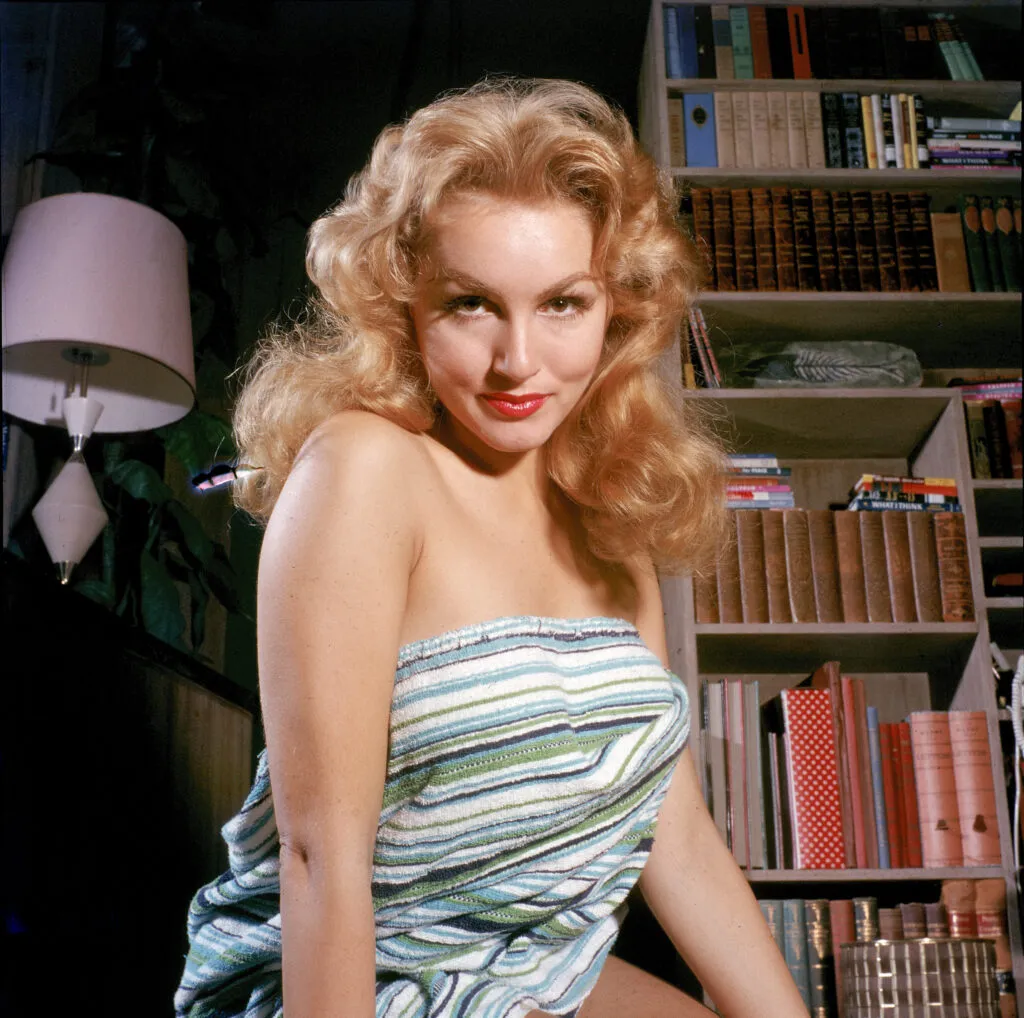Can you define timeless beauty in one glance? Audrey Hepburn did — and the world’s been spellbound ever since
Few faces in cinematic history have captivated the world’s imagination quite like Audrey Hepburn. With her delicate features, wide doe-like eyes, and an effortlessly graceful smile, she didn’t simply act—she embodied an ideal. She was more than a movie star; she was a vision of elegance, a living archetype of timeless beauty. Even now, decades after her passing, her image continues to radiate a sense of refinement and warmth that feels as fresh as it did when she first appeared on screen.

Born Audrey Kathleen Ruston in Brussels, Belgium, on May 4, 1929, her early years were marked not by glamour but by hardship. During World War II, she lived under Nazi occupation in the Netherlands, where food shortages left her malnourished and her dreams of becoming a ballerina nearly crushed. Yet even amid those difficult years, she found solace in dance and performance. That resilience—the ability to find light even in darkness—would later become one of her defining qualities, both on screen and off.
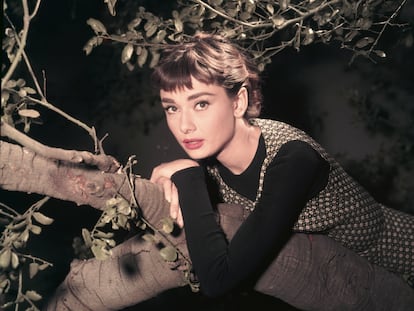
Her journey to Hollywood was far from inevitable. Originally, she pursued ballet with great determination, but the toll of wartime deprivation made it impossible for her to sustain the rigorous physical demands of the art form. Instead, she transitioned to modeling and eventually acting, where her unique presence began to attract notice. She wasn’t the typical starlet of the era; her look was strikingly different from the voluptuous, sultry archetype embodied by contemporaries like Marilyn Monroe or Elizabeth Taylor. Hepburn’s slender frame, pixie-like features, and air of natural sophistication set her apart immediately.

Her big break came in 1953, when she was cast opposite Gregory Peck in Roman Holiday. As the runaway princess experiencing freedom for the first time, Hepburn radiated charm, wit, and vulnerability in equal measure. She won the Academy Award for Best Actress for her performance, cementing her arrival as one of cinema’s brightest new talents. From there, her rise seemed unstoppable. Films such as Sabrina (1954), Funny Face (1957), and My Fair Lady (1964) showcased not only her acting skills but also her ability to embody an aspirational sense of style that would influence generations.

And then there was Breakfast at Tiffany’s (1961). As Holly Golightly, Hepburn didn’t just create an iconic character—she helped redefine modern glamour. Dressed in Hubert de Givenchy’s now-legendary little black dress, accessorized with pearls, oversized sunglasses, and an elegant updo, she created a visual blueprint for sophistication that remains untouched. More than just a fashion statement, Holly Golightly became a cultural symbol, embodying independence, charm, and a touch of mystery. The role made Hepburn immortal in pop culture, ensuring that her image would be endlessly studied, replicated, and celebrated in magazines, films, and fashion collections for decades to come.

But to remember Hepburn only as a style icon would be to overlook her depth. Beneath the luminous beauty was a woman of remarkable humility, intelligence, and compassion. Despite her fame, she never seemed consumed by Hollywood’s excesses. She spoke candidly about her insecurities, about feeling too thin or not glamorous enough—ironic admissions that only made her more relatable and beloved. She maintained an aura of grace not because she was untouchable, but because she carried herself with authenticity.
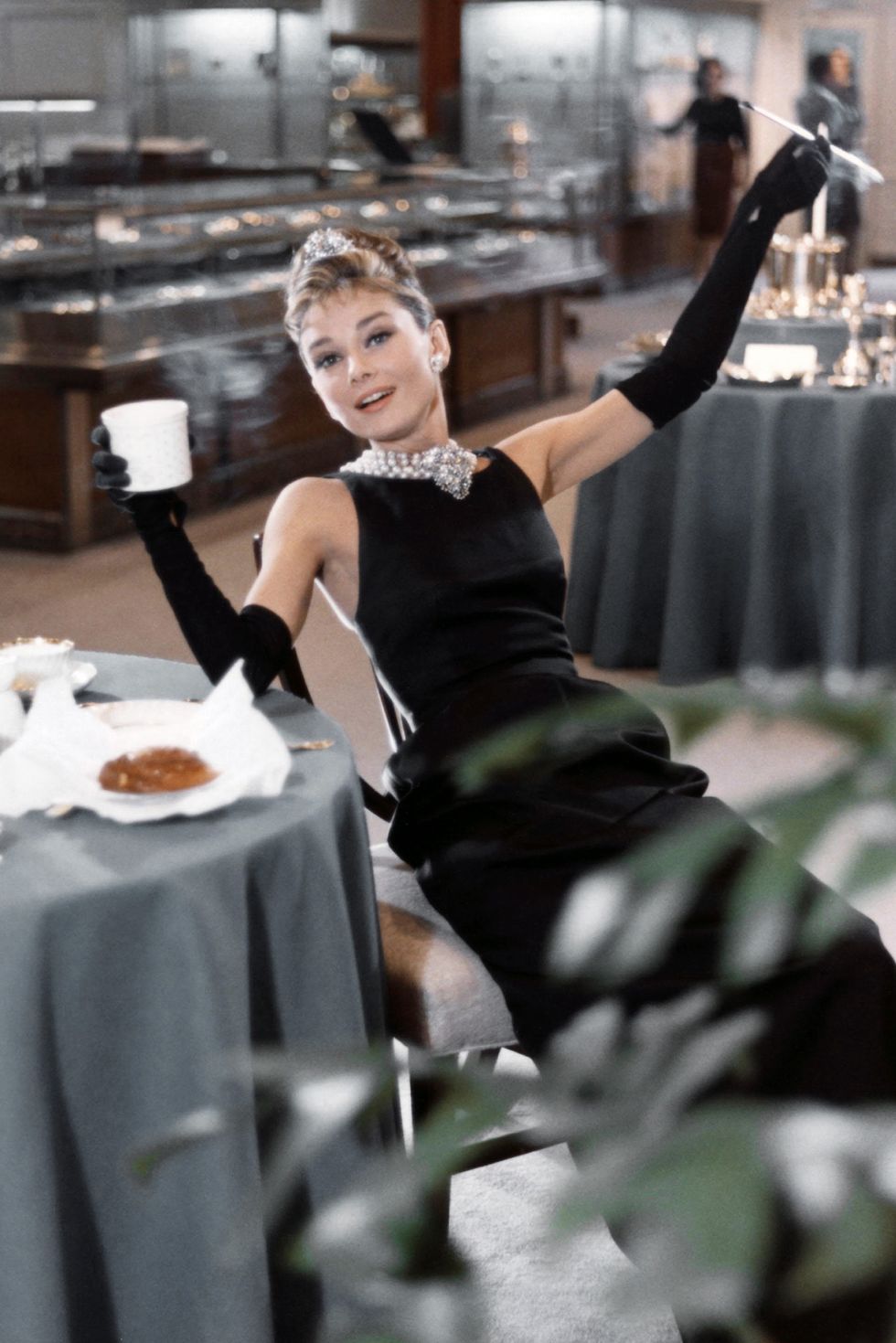
In her later years, Hepburn shifted her focus away from film and toward humanitarian work. She became a UNICEF Goodwill Ambassador in 1989, dedicating herself to causes that were deeply personal, shaped by her own experiences of childhood suffering during the war. Traveling to some of the most impoverished and war-torn regions of the world, from Ethiopia to Bangladesh, she worked tirelessly to advocate for children in need. Her humanitarian efforts were not symbolic gestures but real, hands-on commitments. Those who worked with her recalled not a distant celebrity making an appearance, but a woman who listened, cared, and acted with genuine empathy.

This duality—Audrey Hepburn the luminous star and Audrey Hepburn the tireless advocate—makes her legacy so enduring. She was a paradox of strength and fragility, glamour and humility, fame and selflessness. Designers continue to draw inspiration from her image; film lovers still find magic in her performances; and humanitarians hold her up as an example of how to use influence for good.
Even today, she resonates in a way few figures do. She is as much a cultural touchstone as she is a cinematic legend. Young audiences, who may not have seen her films in theaters, still recognize her instantly: the black dress, the pearls, the gaze that seemed to see more than a camera could capture. Hepburn represents a kind of beauty that is not just visual but moral—a reminder that true elegance lies in kindness, in empathy, and in authenticity.
Audrey Hepburn passed away in 1993 at the age of 63, yet she remains alive in the cultural imagination. She is immortal not only through the roles she played but through the values she embodied. She showed the world that beauty was more than appearance, that grace was more than posture, and that the most powerful legacy a star could leave behind was not in glamour but in humanity.
More than a movie star, Audrey Hepburn was a symbol. She was the rare figure who transcended cinema to become a universal language of style, compassion, and dignity. And decades after her final role, that symbol still shines as brightly as ever, reminding us that some stars never fade—they only grow brighter with time.



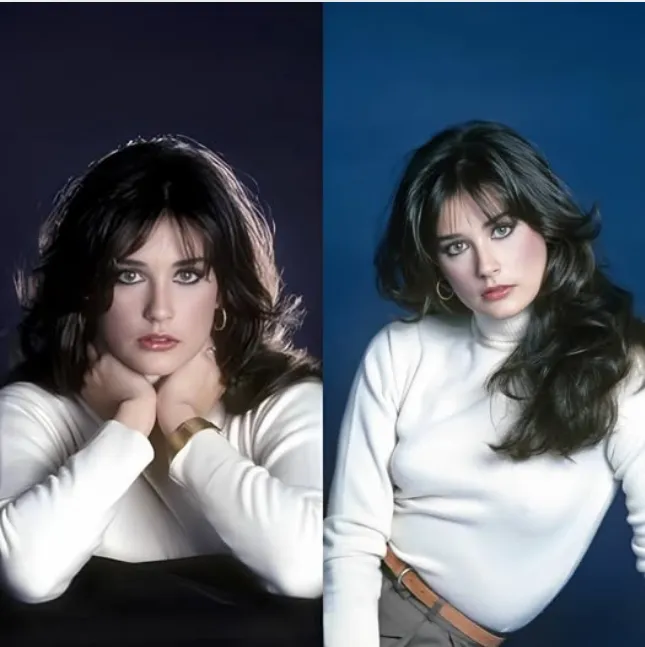
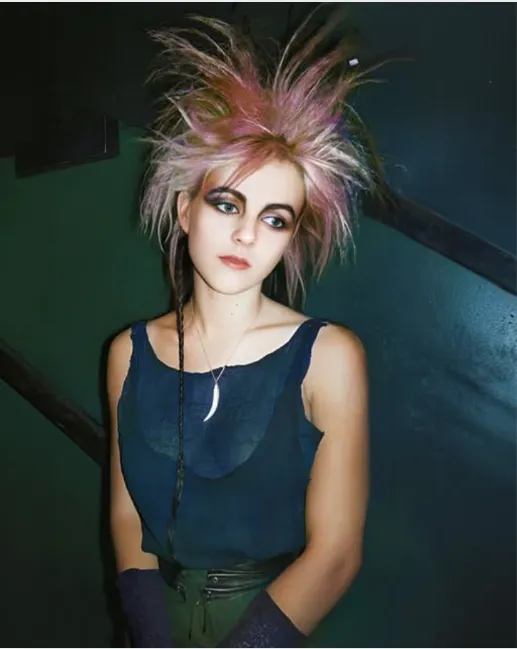
-1755679305-q80.webp)
